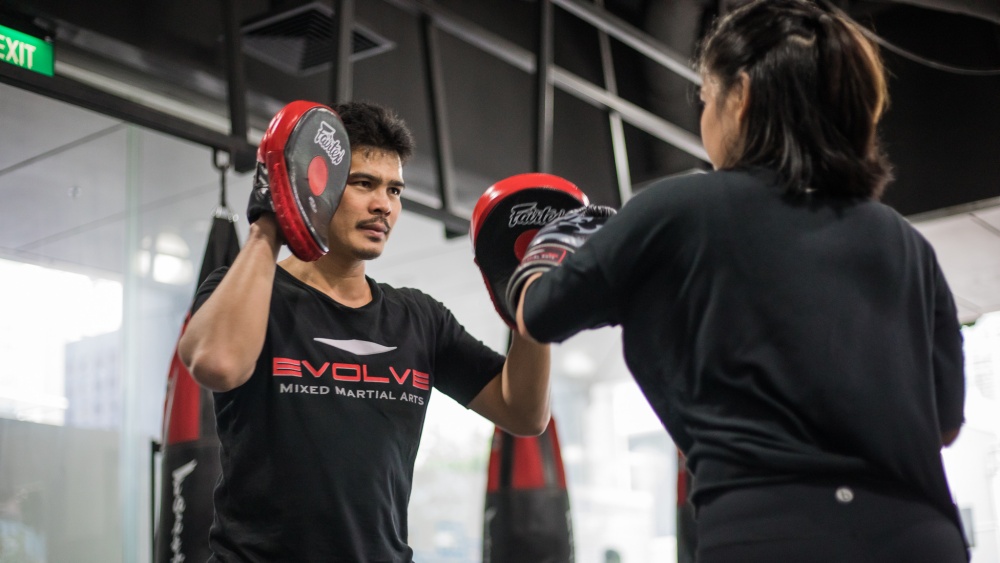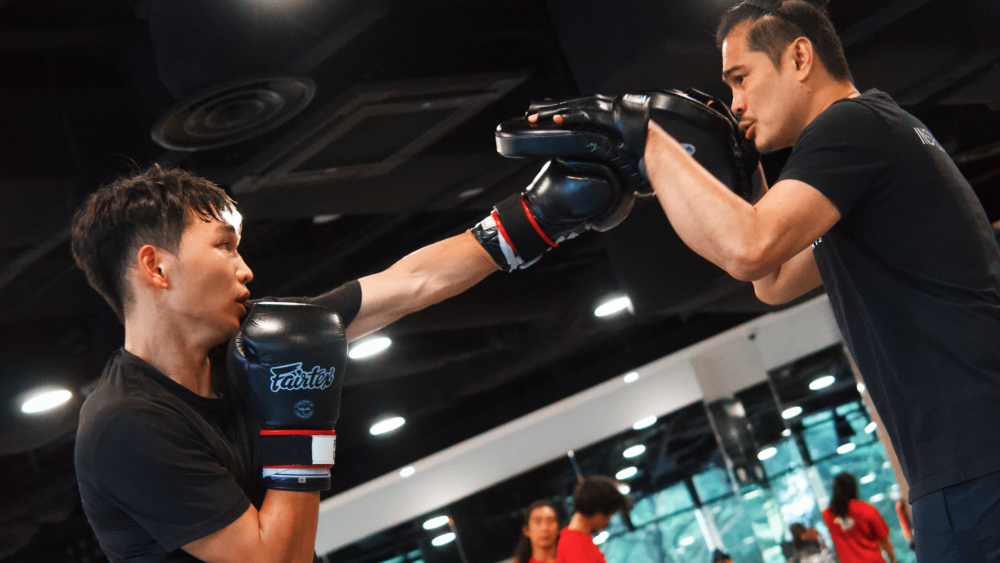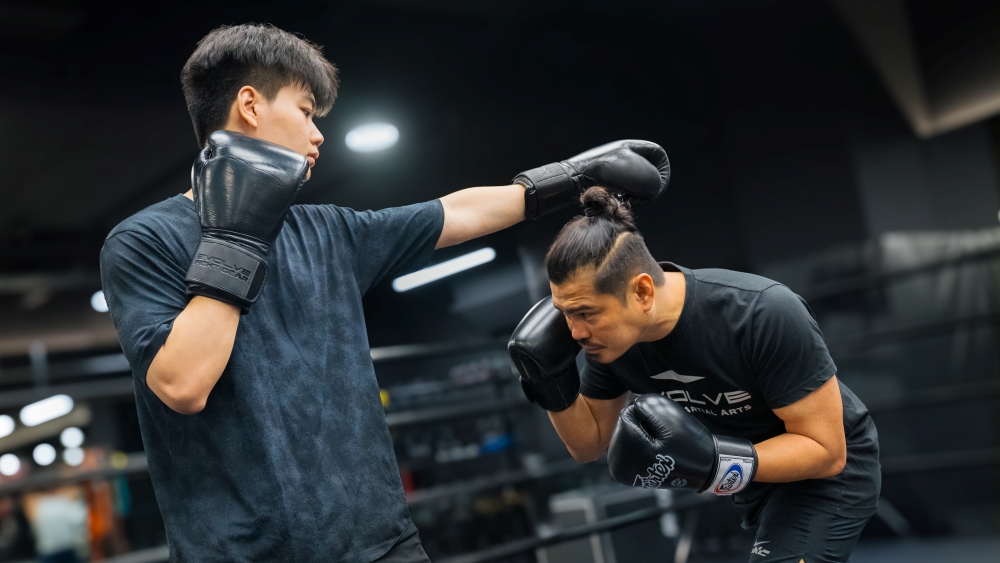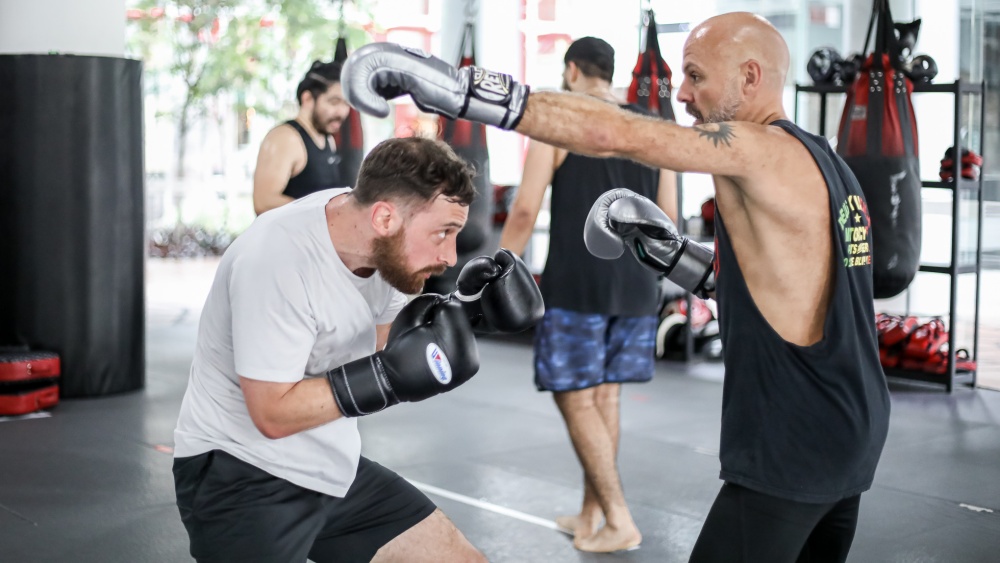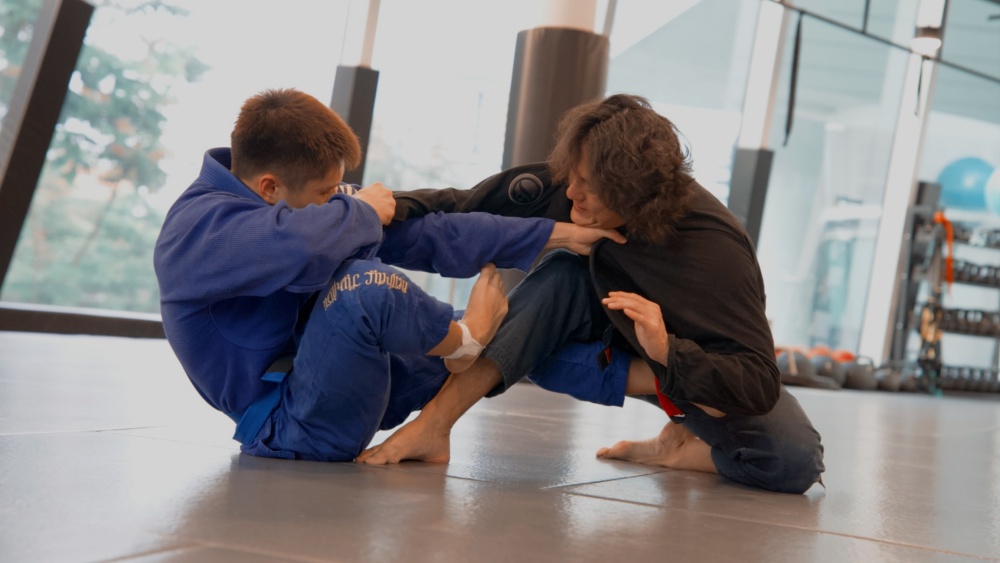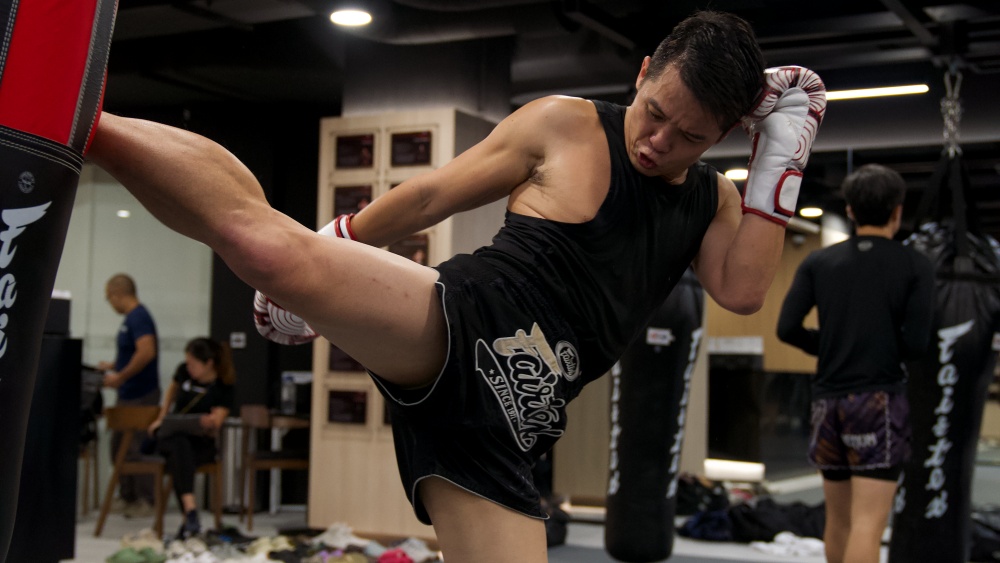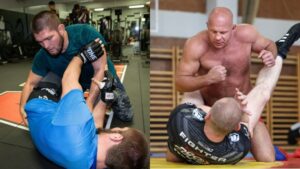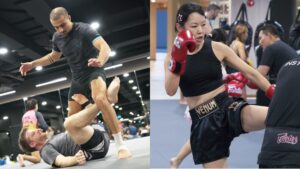Boxing has been the most popular combat sport in the last century, and it has emerged as a neurorehabilitation tool for people who have suffered strokes.
Strokes are life-threatening medical events that can lead to considerable cognitive and physical impairments. Rehabilitation is essential in improving stroke survivors’ quality of life. Traditional rehabilitation for strokes includes physical, occupational, and speech therapy.
Boxing is one of the innovative approaches being explored to rehabilitate stroke patients. A study published in the Neurorehabilitation and Neural Repair journal showed that stroke patients trained in boxing showed better balance, strength, and cognitive function than those who received traditional treatments. Another study showed that stroke patients who trained in boxing for at least six months showed enough improvements to return to most activities they performed before suffering a stroke.
Understanding How Exercise Can Help Rehabilitate Stroke Patients
A stroke occurs when the blood supply to a region of the brain is stopped or interrupted, preventing tissues in the brain from getting nutrients and oxygen. The lack of blood in parts of the brain can lead to the death of brain cells in minutes, resulting in a wide range of cognitive and physical impairments depending on the region of the brain affected and the severity of the damage.
Some of the common impairments caused by strokes include memory loss, speech problems, difficulty concentrating, and diminished coordination.
Exercise has been recognized as an essential part of the rehabilitation process for stroke survivors, and it has been shown to help improve physical function, which is crucial for stroke survivors to regain their independence. Exercise also helps to promote neuroplasticity, which is the brain’s ability to form new neural pathways to reorganize itself. It’s impossible to overstate the importance of increasing neuroplasticity for stroke rehabilitation since it allows the brain to compensate for damaged areas.
Treating Strokes With Boxing
Most people view boxing as a brutal sport, which makes it seem unlikely as a tool for stroke rehabilitation. However, there’s a lot more to boxing than knockouts and shady promoters.
Non-contact boxing, boxing without any physical contact, has been found to offer several benefits to stroke survivors. Some of the physical benefits of boxing training include:
- Improved Balance And Coordination: Learning how to box involves making quick movements with your feet, which helps improve your sense of balance and coordination. Stroke survivors often struggle with their coordination, with many often not being able to walk for months after their health event.
- Increased Muscle Strength And Endurance: Stroke survivors often lose muscle mass, strength, and endurance due to their inability to move around like they once could. Boxing training provides a full-body workout, strengthening muscles all over the body and increasing their endurance.
- Improved Flexibility: The movements used in boxing help to promote flexibility, particularly in the upper body, helping to prevent stiffness and improve mobility.
Stroke patients also enjoy lots of cognitive benefits when they start boxing training. These include:
- Enhanced Cognitive Function: Boxing requires lots of focus and quick decision-making since you constantly have to react to your surroundings, like the swing of a heavy bag or your instructor shouting out combinations to throw. The cognitive demands of boxing have been shown to improve cognitive functions like problem-solving skills, memory, and attention span.
- Improved Motor Skills: The repetitive nature of boxing training helps to reinforce motor skills, aiding in the repair of motor skills impaired by a stroke.
- Neuroplasticity: Train any boxing technique long enough, and it’ll eventually become part of your muscle memory. Muscle memory results from neuroplasticity, meaning your brain builds a new pathway that allows you to perform the technique without thinking about it. The formation of new pathways in the brain helps to recover from brain damage caused by a stroke, teaching the brain to tap into other areas.
Boxing also provides psychological benefits that can help speed up the recovery of stroke survivors. These include:
- Increased Confidence: Unlike other physical activities that can quickly get boring, boxing’s engaging nature keeps people interested in improving their skills long after they start training. Boxing classes have lots of structure, but no two classes are the same since there’s always something new to learn. Over time, your skills become improved, giving you a sense of accomplishment that provides a confidence boost.
- Stress Relief: Boxing and other physical activities can help reduce stress levels since they lead to dopamine release in the brain. Dopamine is a feel-good hormone that helps to regulate mood. Boxing also provides a form of destructive therapy since you get to take out any pent-up frustration on training tools like heavy bags. Sometimes, you just need to hit something to feel a little better about yourself.
Rehabilitating Stroke Survivors With Boxing Training
Using boxing as a tool to help patients recover from strokes requires carefully structuring each patient’s program to suit their abilities and individual needs. Some of the things that make boxing lessons a powerful rehabilitation tool include:
1) Professional Guidance
Boxing programs for stroke survivors are guided by trained professionals like boxing coaches and physical therapists to ensure exercises are performed safely using the proper techniques.
2) Customized Treatment Plans
Each survivor’s training program is customized to suit their abilities and impairments. The only standard approach should be scheduling at least three training sessions per week since research shows that those who train this often enjoy the most improvements in their coordination, mobility, and balance.
3) Non-Contact Focus
Safety is the main priority when using boxing to help rehabilitate stroke patients, so patients don’t have to worry about getting punched in the head. A boxing program for stroke victims involves learning techniques, footwork, bagwork, and padwork. It’s pretty much all the other aspects of boxing besides getting hit.
Choose Boxing Over Conventional Physical Therapy For Stroke Patients
Boxing training provides significant benefits to stroke survivors, like helping to restore physical and cognitive function. If you are a stroke survivor, why not choose boxing training as your rehabilitation tool? Sign up for a complimentary trial class today to give it a go!
Book your complimentary trial class with our World Champions below!
If you have any other questions regarding Evolve MMA and the programs we offer, you can get in touch with our membership executives at the following locations:
Evolve MMA (Far East Square)
26 China Street
Far East Square #01-01
Singapore 049568
Phone: (65) 6536 4525
Evolve MMA (Orchard Central)
181 Orchard Road
#06-01 Orchard Central
Singapore 238896
Phone: (65) 6536 4556
Evolve MMA (KINEX)
11 Tanjong Katong Road
#02-52 KINEX
Singapore 437157
Phone: (65) 6288 2293
Evolve MMA (Star Vista)
1 Vista Exchange Green
#02-26A The Star Vista
Singapore 138617
Phone: (65) 6539 9590
